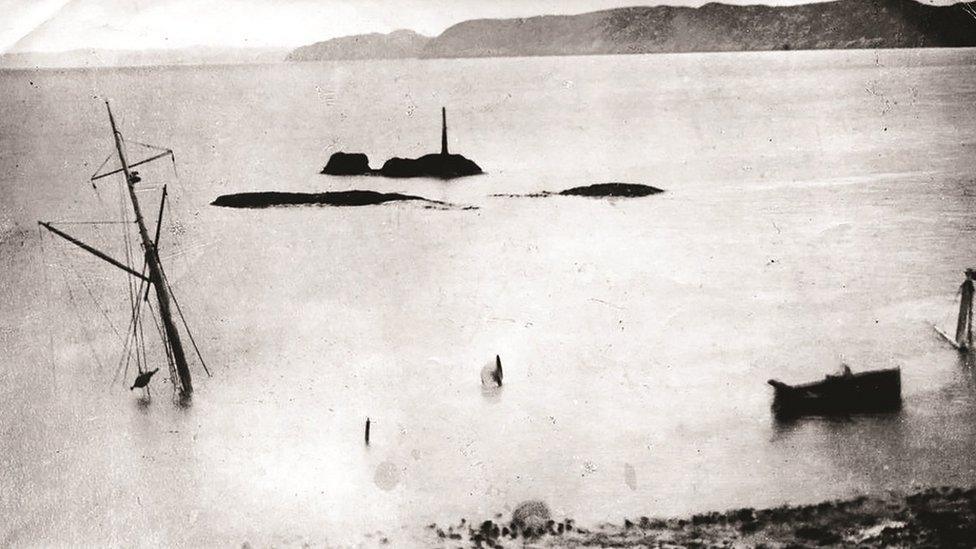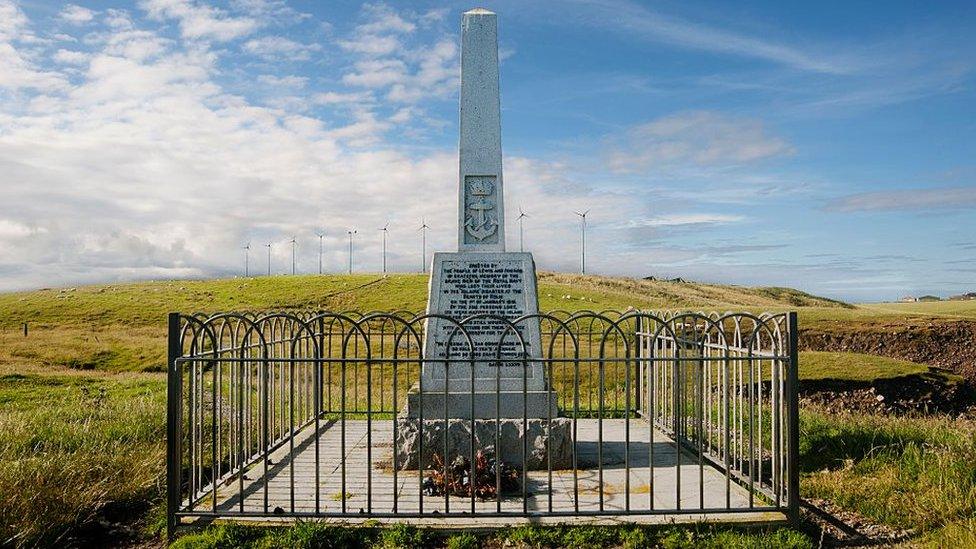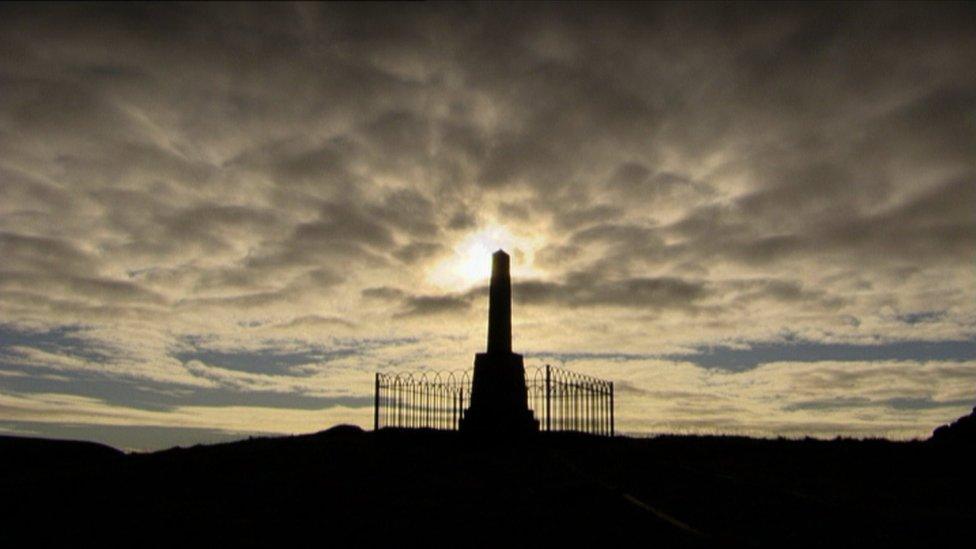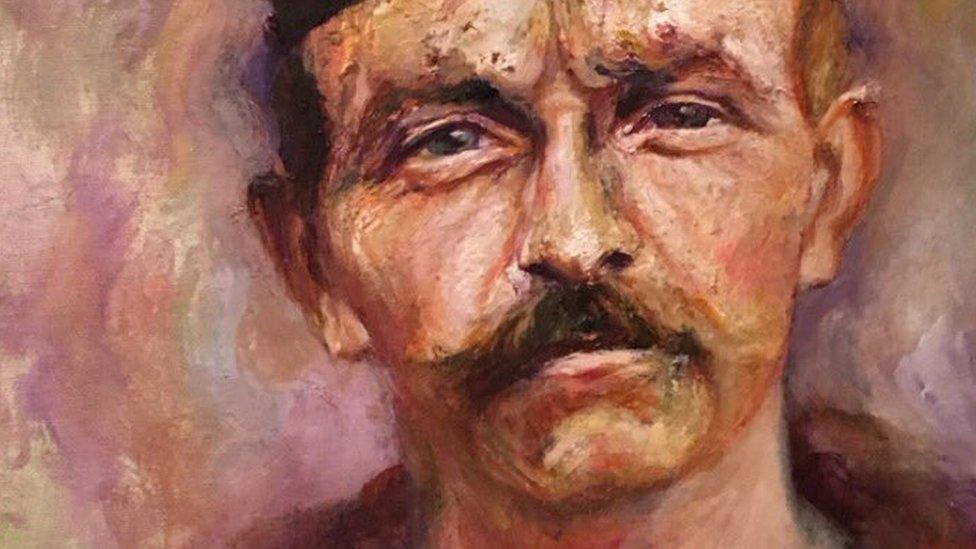New research into Iolaire maritime disaster
- Published

The mast of the Iolaire following its sinking in January 1919
New research will help guide how the story of the Western Isles' Iolaire disaster is told and preserved for future generations.
The naval yacht HMY Iolaire was carrying home hundreds of sailors after the end of World War One.
The vessel was wrecked on a reef called the Beasts of Holm near Stornoway, on the Isle of Lewis, on 1 January 1919 and more than 200 men died.
The research is for a planned new Iolaire centre on Lewis.
The new project called The Iolaire Impact is being led by the University of the Highlands and Islands (UHI) and has funding from the Scottish government.
Dr Iain Robertson, Reader in History at UHI's Centre for History, said the research will look at how the tragedy shaped the Western Isles socially, economically and culturally over generations.
Senior researcher on the project Prof Marjory Harper, said: "As an historian of emigration and the Scottish diaspora, I am particularly interested in how the tragedy of the Iolaire contributed to a significant increase in emigration from Lewis in the 1920s, and to the long-term legacy."
Malcolm Macdonald , director and trustee of the Iolaire Centre Charity and co-author of The Darkest Dawn, a book about the Iolaire, said: "It is still evident that there are many family stories which require further research before memories fade even further.
"Records from the time need to be extensively scrutinised."

The Iolaire Memorial marks the deaths of more than 200 men
Most of those who died were from Lewis or Harris, but many communities across the Western Isles were affected.
The last survivor of the Iolaire - which means "eagle" in Gaelic - died in 1992.
The yacht set sail from Kyle of Lochalsh on the west Highlands mainland on New Year's Eve 1918.
Making its final approach into Stornoway harbour on a dark night and in a strong gale, it changed course at the wrong point.
With the lights of the harbour in sight, the ship struck rocks at full speed and immediately began to tilt, filling up with water.
Although the stern of the boat was at one point just six metres (20ft) from land, many of the men onboard were weighed down by their heavy uniforms and were unable to swim ashore.
A public inquiry was unable to establish the reasons for the disaster.
- Published1 January 2019

- Published13 December 2018

- Published6 November 2018
